We've seen more and more headlines calling 3D Printed homes, "the way of the future," with their "construction in less than 24 hours!" Billed as the ideal solution to counter the global housing crisis and more resistant than traditional homes, the answer to the climate emergency according to many media reports is 3D printed homes.
While on the face of it they offer solutions to many of the problems with labour shortages, the cost and the lead time for the average traditional home construction, is all this hype or the truth? And, what is the real environmental impact of 3D printed homes?
What is a 3D printed home and how is it built?
The building is first designed digitally in a BIM or Building Information Modelling software program. A machine then prints structures in an automated way on or off site: layer by layer, a paste (mortar, concrete, plastic, mud) is pushed through a nozzle or a robotic arm, according to the parameters of the digital drawing, to erect the main structure. It may seem pedantic, but we're probably more accurate to call 3D homes extruded!
Printing, in general, refers to the process of creating text, images, or patterns on a surface, usually paper, by applying ink or other materials. This can be done using various methods, such as inkjet, laser, or screen printing. Printing typically involves a two-dimensional (2D) output.
Extruding, on the other hand, is a manufacturing process in which a material, often in the form of a viscous liquid or a malleable solid, is pushed or drawn through a die or a nozzle to create a continuous, uniform shape or cross-section. Extrusion is commonly used in the production of plastic, rubber, or metal products, such as pipes, profiles, and wires. Extrusion typically involves a three-dimensional (3D) output.
In the context of 3D printing, the term "extruding" is often used to describe the process of depositing material layer by layer to create a three-dimensional object. In this case, "extruding" refers specifically to the method of pushing the printing material (usually a thermoplastic filament) through a heated nozzle, where it melts and is deposited onto a build platform to create the desired 3D shape.
So, while at first glance the idea of 3D printing homes seems interesting, would it really allow us to choose a predefined model online and agree on a date to "print" our house on any site, quickly and at as low a cost as we've read? Does the 3D home printing technology really offer these benefits? We dug deeper into the subject.
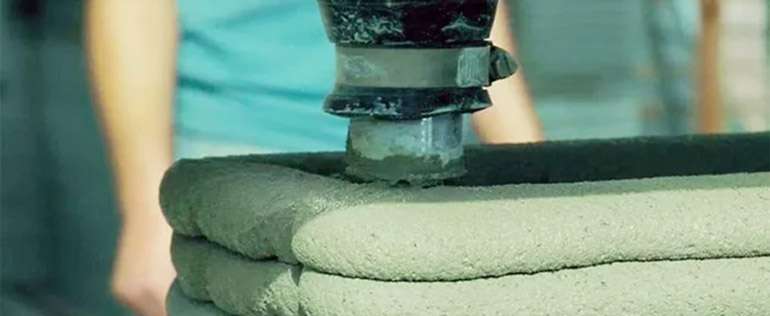
What are the advantages and disadvantages of 3D printed houses?
Construction time for 3D printed houses? Not much faster in reality
While there are references to 24-hour construction times in articles and advertisements touting 3D printed homes, no project has been able to demonstrate such a record. The Fibonacci House in British Columbia, for example, was built off-site in 11 days.
The first 3D house, built by the international organization Habitat for Humanity in Virginia, while it took only 28 hours to print the concrete walls, the construction site to complete the house took as long as a traditional house.
If the figures are far from reality, it is because the information conveyed omits the fact that these times concern only the main house walls! It never takes into account the foundations, roofs, windows, doors, interior and exterior finishes, plumbing, etc. Elements that constitute nearly 80% of the construction of a house.
For example, the house built in Windsor-Essex by Habitat for Humanity (Hh) was not built in 3-4 days, as mentioned by Chris Marin, lead 3D home printer operator (ICI Windsor, 2022). Only the walls were erected in that time frame.
Ian Sabourin Somers, a technical advisor with Ecohome, has a problem with the quoted speed of production of 3D houses: "The only apparent advantage is the speed of production, to meet the housing needs. But perhaps that's debatable, considering prefabricated homes and modular panels".
Lloyd Alter agrees: "A computerized robotic prefabricated wall building machine can produce all the walls of a house in an hour, complete with insulation, electrical wiring and windows, which can be shipped as easily as a bag of cement to a site and assembled in an hour"
Verdict: While 3D printing saves production time on framing (if compared to conventional construction, not factory prefabricated), it falls far short of the time frames mentioned by the media. Especially considering that in a conventional construction, the walls are the fastest part to erect and represent only a fraction of the cost of the finished, useful structure (3D printing only takes care of 20-25% of an entire building, while conventional methods are responsible for the remaining 75-80% of construction).
Prices of 3D printed houses: no cheaper than traditional homes
In terms of costs, several articles consulted speak of a 50% cost saving for the "house". It would seem that the savings are only in the wall structure, since only the walls are printed (and that it would be more like 10-20%, due to the cost of labor, which is less on a printed structure).
The expectations are therefore rather unrealistic in terms of costs, which seem to be impossible to determine at this time. According to Ian Arthur, president of the Nidus 3D company responsible for the pilot project: "It is too early to provide figures on the total cost of the (Hh's Windosr-Essex) initial project. This is a research and testing project. It's the first time it's been thought of in Canada," he explained in an interview with ICI Windsor (2022).
"And while the costs of wood and concrete frames are currently equivalent, concrete and steel are becoming increasingly expensive as the materials they are made of become more scarce. Internationally, the cost of wood is more stable (less fluctuation). The extraction and transportation of these materials increase the volume of greenhouse gases (GHG) for a demand that will exceed the capacity of available resources before the end of the century," says Guy St-Jacques, President of the Groupe de Neuve Ltée.
According to the Graham Construction Material and Commodity Review, published in May 2021, the cost of concrete is expected to rise with sand shortages and the residential and commercial construction boom.
Verdict: 3D homes are still in the experimental phase. They don't seem to offer any real cost savings at this time. We will have to wait a few years to obtain more conclusive data.
3D Printed homes, a solution to the housing shortage?
For many media outlets, one reason for 3D printed houses is to help people struggling to find housing, since they are supposedly cheaper and faster to build (which is not necessarily the case, as we just saw). That said, "the housing problem has never been technological, it's social and economic, whether you're in San Francisco or the Salvator," says Lloyd Alter.
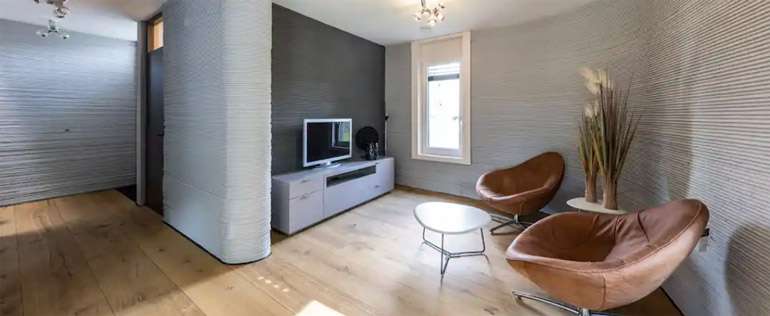
He gives the example of the ICON homes being built in the Salvator, for and by the local community: "They're dropping the most sophisticated 3D printing machines in the world into the middle of this community and printing homes like no one has ever seen, homes that don't need masons, plasterers, or labor, that don't create a lot of local jobs or teach a lot of skills. What a western perspective! They've reduced the cost of the house a little bit, but the money isn't going into the pockets of local workers anymore, it's going to buy bags of sludge to feed the big expensive printer."
Benjamin Zizi, technical advisor at Ecohome, agrees: "All the examples mentioned of 3D printed constructions are for houses. The housing shortage as well as urban sprawl are problems whose solutions lie much more in multi-unit building projects, in areas connected to urban networks (transportation, shops, workplaces, leisure, etc.)."
"3D technologies do not seem to be adapted to the needs of sustainable homes."
Says Benjamin Zizi, technical advisor at Ecohome
Verdict: We need low-carbon, multi-family housing. While it goes without saying that everyone deserves access to adequate housing, the problem does not seem to require a technical response, but an ideological and urban planning one.
Concrete 3D Printed homes: Responding to Labour Shortages and Unique Designs
The construction industry in Canada is currently facing a shortage of skilled labour. Since 3D printing requires fewer people for framing, it offers a certain advantage here. According to Charles Overy, principal at LGM 3D "3D printing may have the potential to become mainstream in the U.S. construction industry within 10 to 20 years." He believes that "chronic labor shortages in the construction industry due to government policies could force builders to invest in (3D printing) technology more quickly."
3D printing also makes it possible to build uniquely designed homes, complex walls and curved shapes for the same price as a straight wall. An answer to the construction labor shortage and unique designs seem to be the only advantages to building a 3D home at the moment.
What are the environmental benefits of a house built with a 3D printer?
Are the materials for 3D printing houses more sustainable? Maybe not!
We have identified some very interesting examples of constructions where local mud or bamboo composite paste (SHoP Architects Company, NY) was used. The TECLA project shows that a beautiful, healthy and sustainable house can be built by machine, using local bio-based raw material. The team behind the project even built an assembly "kit" for the robotic infrastructure, deliverable anywhere in the world in a container, that allows a similar house to be built. We applaud this initiative, but doubt it will be adopted in North America!
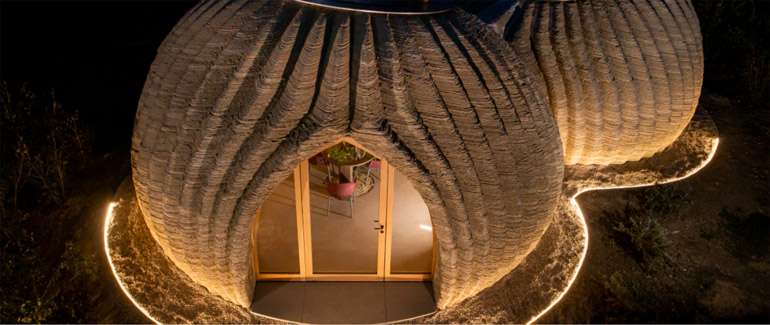
For the time being, 3D constructions are mainly made of mortar-concrete or plastic, materials that have a heavy environmental impact. "In terms of carbon impact, wood is still the cheapest material and the best way to build. Period. Apart from a few rare examples, 3D uses plastic, cement and concrete. Even if concrete is 'green' or a lower carbon mix, in my opinion nothing beats having a team of workers on site working with wood, especially if it's locally produced," says Emmanuel Cosgrove, director of Écohabitation and Ecohome.
"We can't see, in the near future, 3D machines printing homes using biosourced materials breaking into the North American market." Emmanuel Cosgrove
Of course, plastic can also be recycled and used in blends. But there are certainly logistical issues with this recycling alternative, as well as potential health issues related to living in a home made from recycled plastic. According to Overy, "It's not easy to source locally and certify recycled waste streams, nor is there a huge economic incentive to do so. Therefore, it is not easy from a regulatory (or technical) standpoint to melt milk bottles and extrude a house or even a door frame. It's hard to imagine a recycling stream that is as efficient as aluminum in the United States."
In a 2018 CBC News article, mention of a house built by a robotic 3D printer in western France featured a breakthrough in green construction, as the robotic printer used a special polymer material for the two outer layers of the building's walls, combined with the inner concrete layer. Seriously, how is this green? Many sprayed (or printed) foams can have potential health impacts - which is why we tend to stay clear of them.
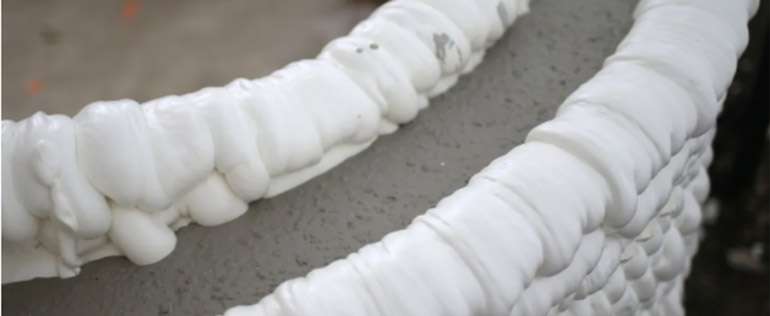
Verdict: While there are rare exceptions in which 3D houses use local bio-based materials, most projects use concrete, cement and plastic. In our considered opinion, conventional, or prefabricated, wood construction with dense packed cellulose insulation is still the best choice for here, unless you're located in an area of frequent and severe weather where it might be prudent to go for resilience first.
What are the disadvantages of houses built with 3D concrete printing?
Construction waste of 3D houses
On average, the construction of a new 2,000-square-foot house generates more than 2,000 kilograms of construction waste, the vast majority of which ends up in landfills. One important contribution that 3D printing can make in terms of sustainable construction is the reduction of construction waste, related to framing.
After designing a house on a computer, a 3D printer knows the exact amount of materials needed for its structure. But this can also be achieved by prefabricating wooden frames in a factory. Benjamin Zizi also mentions the fact that: "It is not certain that 3D houses will have a better deconstructability index at the end of their life, or during renovations, because of their 'monobloc' construction. It will not be possible to salvage the structural materials since they are made of concrete".
Durability of 3D printed houses
While 3D printed houses are durable and resistant to climatic conditions, they have not yet been shown to perform better than conventional houses made of wood and bio-based materials.
Environmental cost and difficulty of 3D house insulation
For Emmanuel Cosgrove, this is a major point for the cost and environmental side: "In our codes and cold climate zones, we need insulation laid on the outside, fastening and cavity systems for the insulation such as wood or steel framing, exterior cladding, and maybe even interior framing to fasten the gypsum as a fire barrier."
"The 3D printed house is like the container house where you end up building not one wood frame, but two! Completely ridiculous in every way. This is the epitomy of a false good ideas". Emmanuel Cosgrove
In addition to the items noted in the last few paragraphs, note :
- Expensive initial investments: the price of a 3D printer is around $49,000 for small models, over $125,000 for large ones (CBC News 2021).
- A lack of certification: construction is governed by laws. Only a handful of building permits have been issued in recent years for 3D houses, in special experimental cases, and in selected areas. (aniwaa, 2022).
- Potential loss of local jobs: 3D printing requires little labor for framing. A potential social problem, especially in less affluent areas with high unemployment.
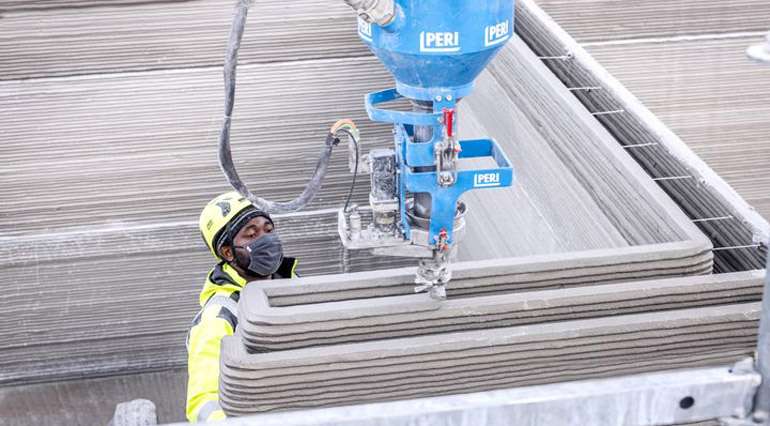
Lack of transparent communication among 3D printed home builders
A document published by COBOD, a Danish company that is a global leader in 3D printing solutions for the construction industry, warns consumers by taking stock of what 3D construction is really like today. For example, it mentions the company Winsun, which claims to have built 10 3D buildings in 10 days. In fact, they assembled 10 buildings in 10 days, from 3D printed components produced in a factory long before.
Similarly, the oft-mentioned Office of the Future in Dubai was not 3D printed in Dubai, but rather made from prefabricated 3D printed elements in Suzhou, China. The interesting architectural details were not 3D printed, but handcrafted by traditional construction workers in Dubai (COBOD).
The same goes for ICON, which mentions printing a small building in Austin in 24 hours when instead the printing was done over several days. "ICON claimed that its technology "could" 3D print the building in 24 hours, but provided no documentation to prove it" (COBOD).
So we call for caution when it comes to believing everything you might find online about 3D printed homes being "the" solution to the challenges facing the North American construction industry.
3D buildings in space
NASA has designed, with the company ICON, a 170 m2 3D printed habitat in order to simulate a mission to the Moon (Project Olympus), where buildings could be constructed using resources found on the Moon. In this perspective, 3D printing of houses makes sense. For the moment, therefore, unless we use local bio-sourced elements as was done for the Tecla project, the 3D printing of buildings should be limited to these extra-planetary projects...
Solid wood, CLT and lightweight wood frames are surely the future of low-carbon construction and bio-economic development in Canada - especially for mid-rise buildings:
Find more about green home construction in the Ecohome Green Building Guide pages - also, learn more about the benefits of a free Ecohome Network Membership here. |
SOURCES
- 3D printing could help build homes with unique designs more cheaply, advocates say, CBC News, 2021
- The Truth – Facts about the True State of the Art of 3D Construction Printing, COBOD
- Why 3D Printed Houses Are a Solution Looking for a Problem, Treehugger, 2018
- The Truth About 3D Printed Homes, Undecided with Matt


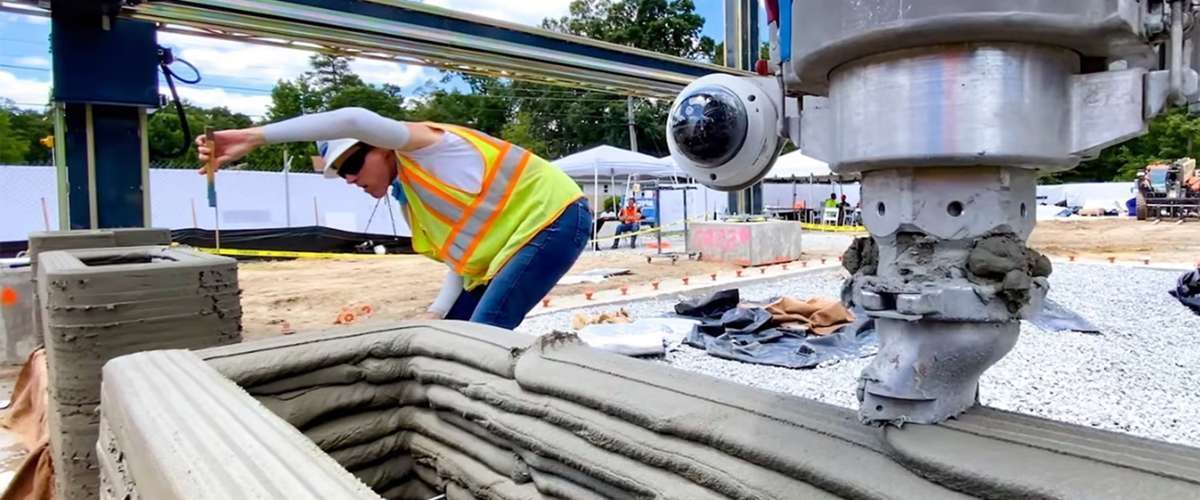













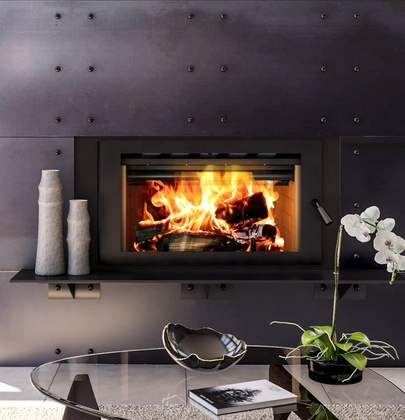

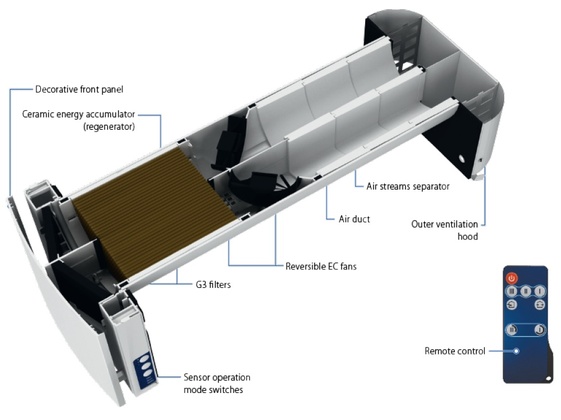





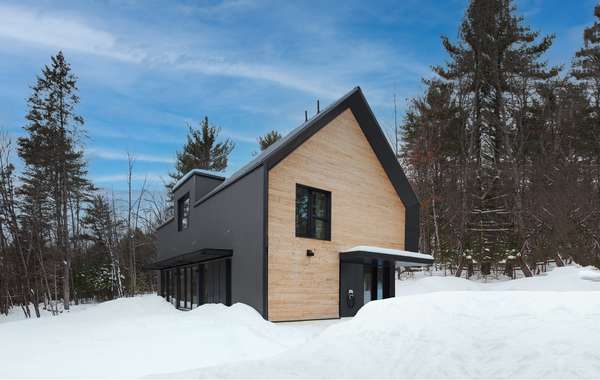
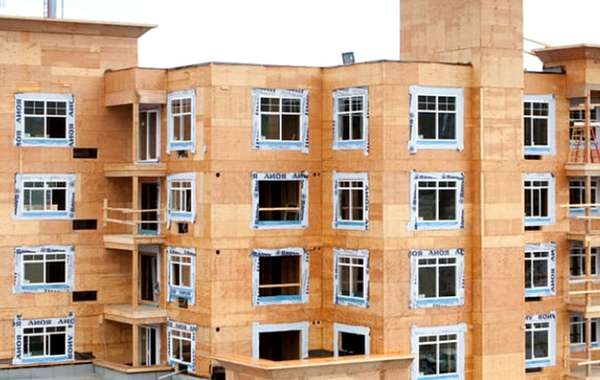
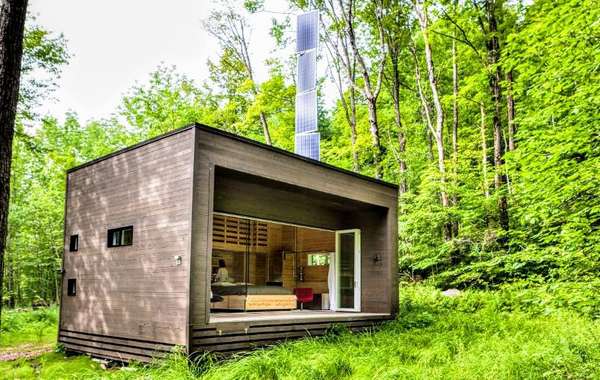
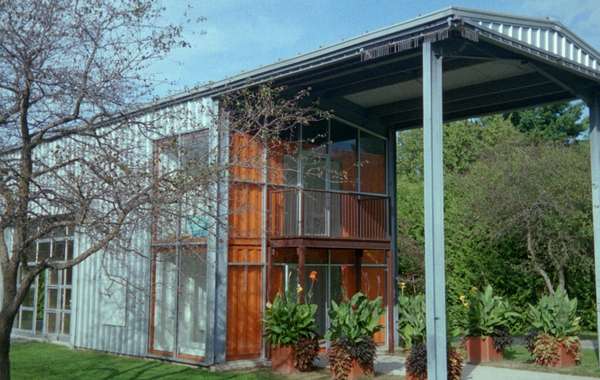
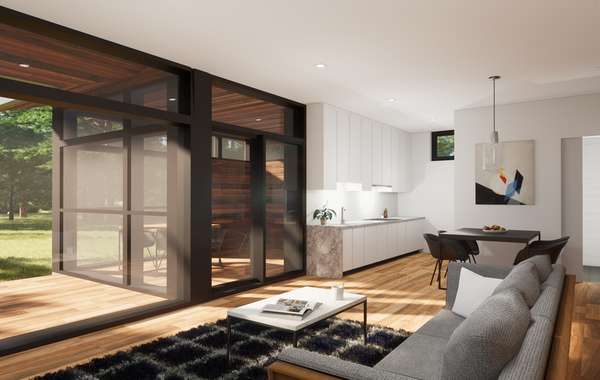
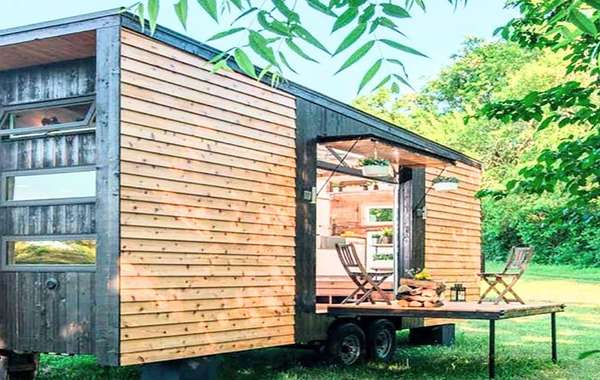
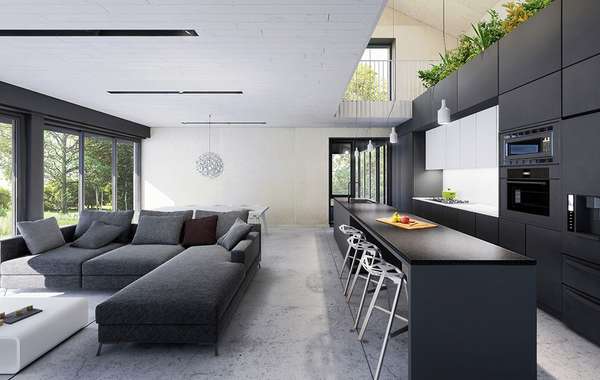
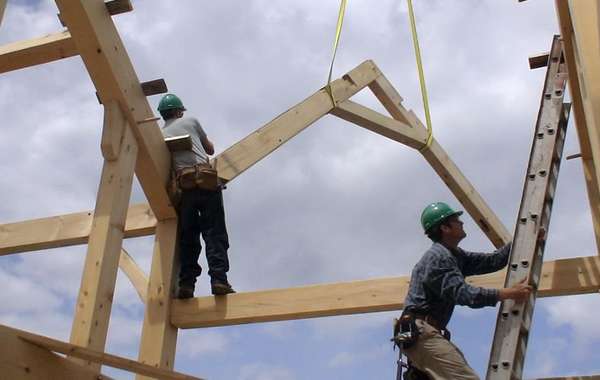
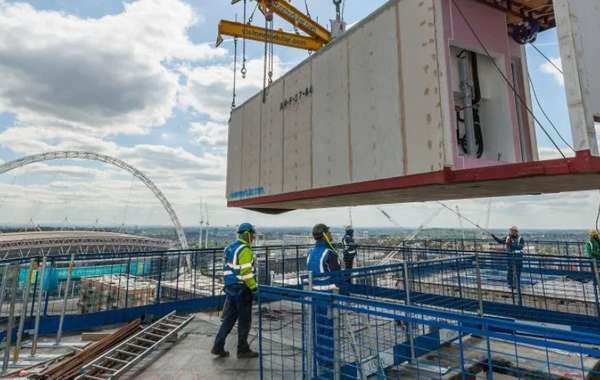
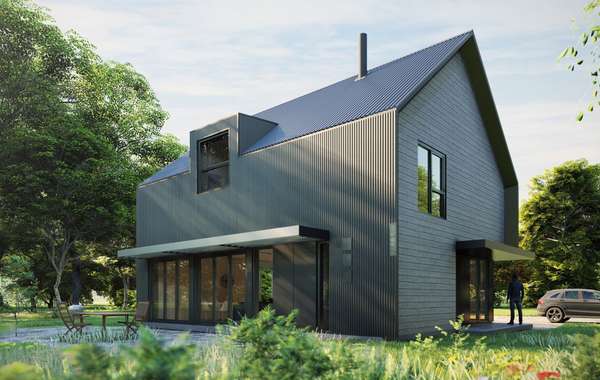

Very cool. Thanks for the great info. Now we need them to print these amazing houses that AI images are creating!